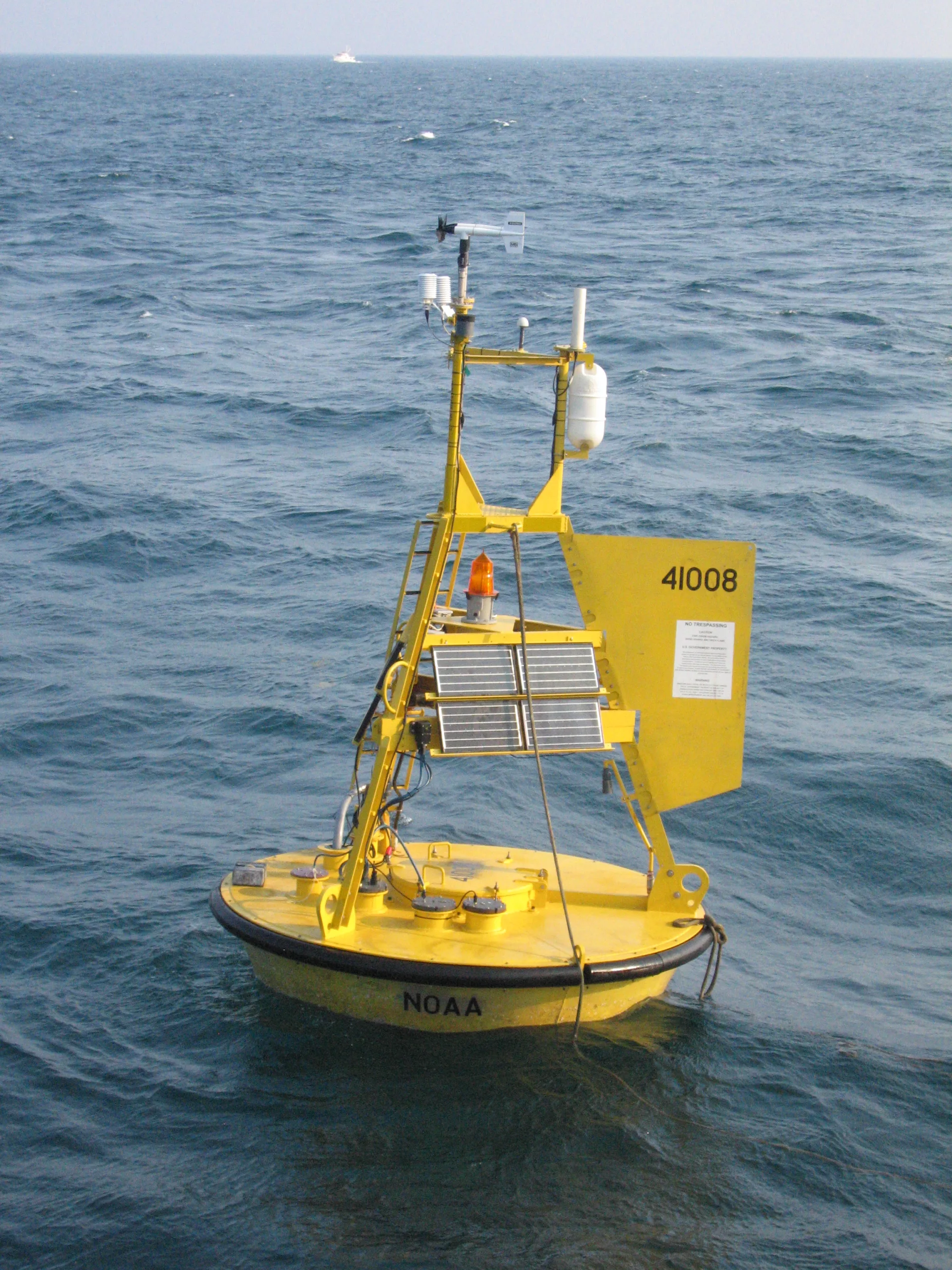Accelerating Ocean Acidification Sensor Development
Why we care
After nearly a decade, the NOAA Ocean Acidification Observing Network (NOA-ON) has reached the maturity level where a sustained effort to refresh its core technology, the Moored Autonomous pCO2 (MAPCO2), is necessary to maintain the current monitoring level. There is also the pressing need to develop technology to both improve the accuracy and reliability of the measurement of a second carbonate system parameter (dissolved inorganic carbon, DIC) in order to better measure and understand ocean acidification (OA).
What we are doing
We will develop a modestly-priced, mass-producible, climate-quality surface ocean system that will measure 2 key parameters (pCO2, DIC) of the oceans carbonate (buffering) system. The system will be deployable on a variety of autonomous platforms and vehicles to meet the needs of both the ocean acidification and surface ocean carbon dioxide international observing networks.
Benefits of our work
The NOA-ON network can sustain these important observations while adding the ability to autonomously observe the ocean with a measurement quality sufficient to detect long-term changes in ocean acidification. This is a priority task for NOA-ON, the Global Ocean Acidification Observing Network (GOA-ON) and others that cannot be accomplished with current technology. The pCO2-DIC sensor developed under this project will contribute towards better assessment of the vulnerability of U.S. waters to ocean acidification by providing access to real time information about the variability of OA, meeting the needs of several stakeholders in the marine resource community.



